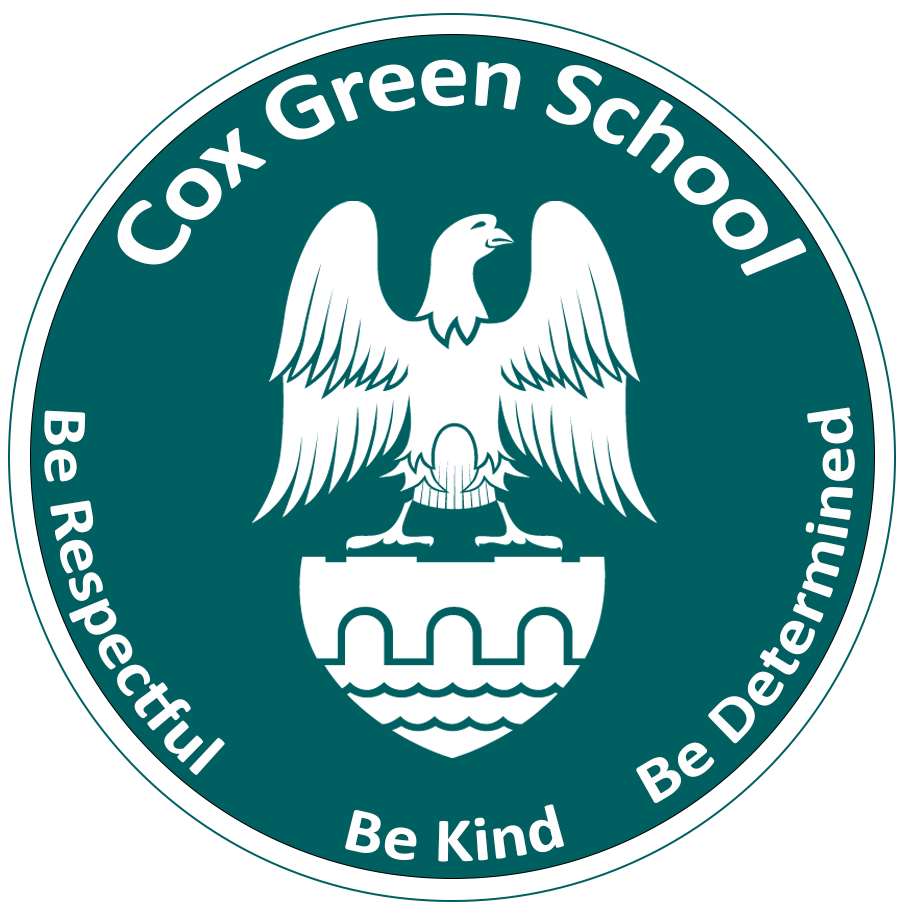Staff list
- Miss S Hughes - Assistant Headteacher & Computer Science Teacher
- Mr S Price - Teacher of Computer Science
Vision
In Computer Science at Key Stage 3, we help students to understand the risks involved with online communication, we seek to ensure that they have the skillset to become confident individuals with an in-depth knowledge of computing and problem solving skills. We aim to support students in developing their understanding of applications and how they are safely deployed. We help our students to develop insight into the the process of how to solve problems.
At Key Stage 4, we work with the students to ensure that they have an excellent understanding about what the components of a computer system are and how they slot together to create modern systems. We help our students to learn how to program using high level languages and to create algorithms that solve problems effectively and efficiently.
At Key Stage 5, we build on the knowledge gained at Key Stage 4 to help our students gain an in-depth understanding of all computer components and how these components fit into differing and competing architectures. We work with them to ensur ethat they continue to develop their high level programming skills to create solutions to ever more complicated problems.
Intent
Computer Science is a modern and a rapidly growing subject in terms of technicality and implications. The study of Computing enlightens students’ curiosity about how the vast number of computers function alone, how they work together and how they interlink. As a result, the Computer Science curriculum aims to, firstly, embed technical understanding of Computing hardware and software to students across all key stages. Secondly, the curriculum aims to raise insight by equipping students with skills and competencies in an effort to heighten their chances of employability in the digital world.
Implementation
The curriculum is delivered in a computing suite with over 30 desktop computers and internet access, should students require further research and analysis. Learning occurs the moment students enter the classroom, as they are faced with a ‘Do-Now’ task, think-pair-share scenarios, teacher-led questioning along with worksheets covering the topic for a specific lesson. In an effort to ensure all students make sufficient progress the curriculum is also differentiated through questioning, outcome and worksheets. The curriculum is also implemented outside the classroom through home learning. Home learning is set once every fortnight for KS3 students and once per week for GCSE students in an effort to consolidate and extend students’ knowledge. As Computing combines theory and application methods, students are not only taught technical knowledge, but rather problem solving techniques, research and analytical skills which will assist students with a number of other subjects and real world applications.
Impact
The curriculum has a significant impact on students understanding as to how the individual components of a computer function, how they are all linked together to build firstly a single computer system and then how these systems are linked together to form a network. Students learn algorithmic thinking, how to decompose a problem, how to remove layers of abstraction and finally how to create algorithms as solutions to problems. When students leave Cox Green School, they should have cultivated a number of ideas and skills such as:
- Creating and editing Image and spreadsheet files.
- Have an understanding of programming by either reading or writing them.
- Knowledge about the dynamics of machines and their inner functioning.
- Ability to think computationally and use problem solving techniques.
- To think analytically about the future of Computing and its broader implications.

